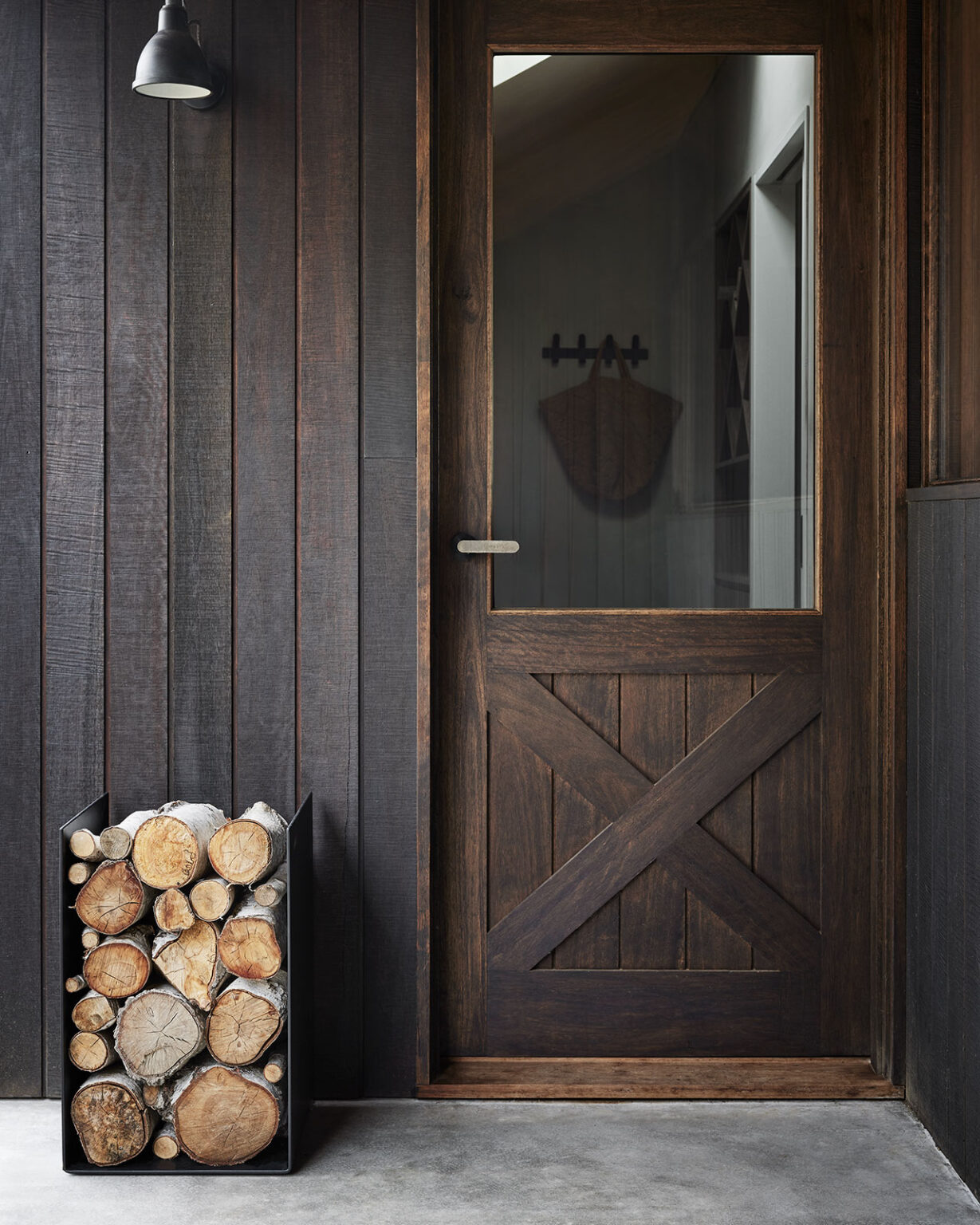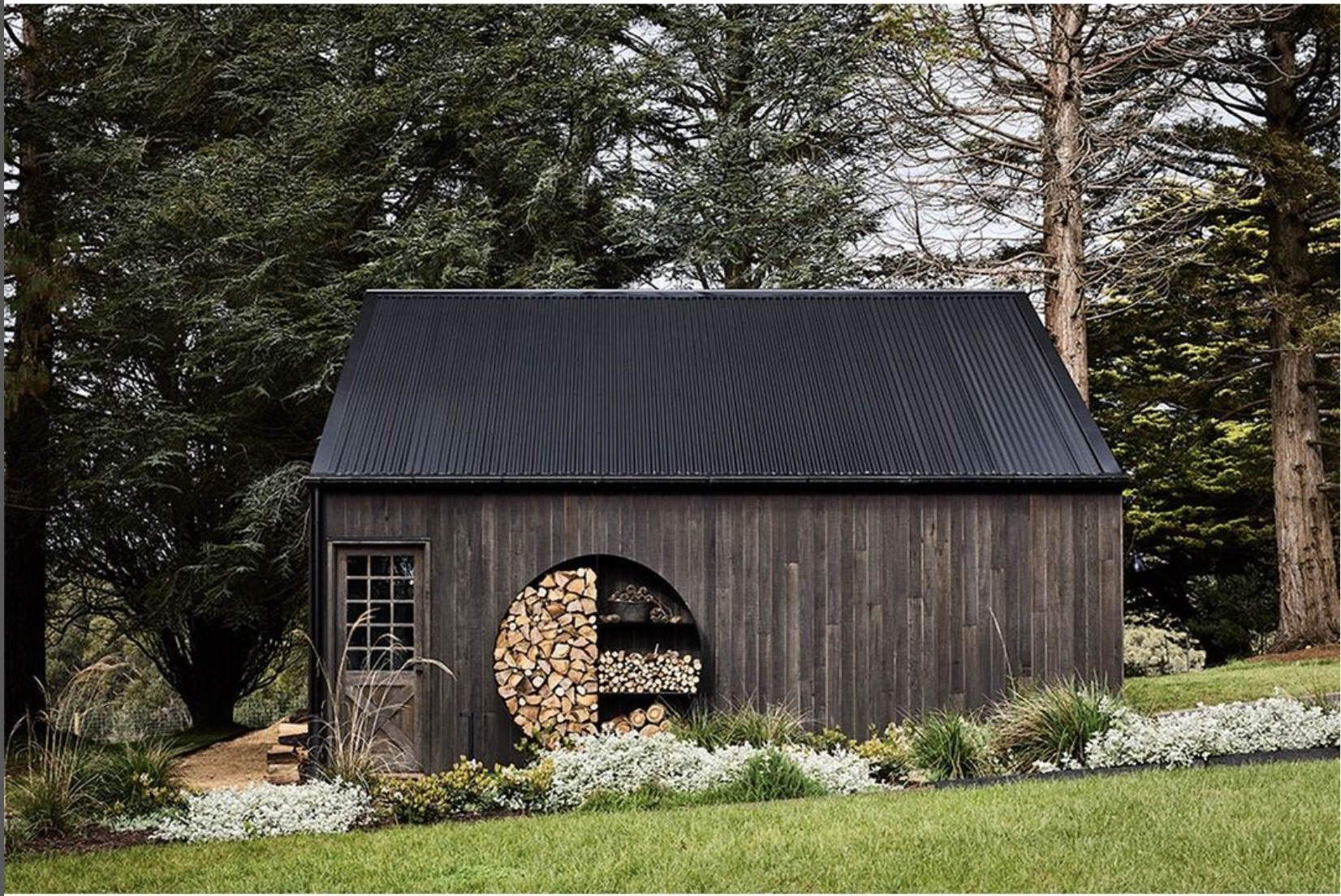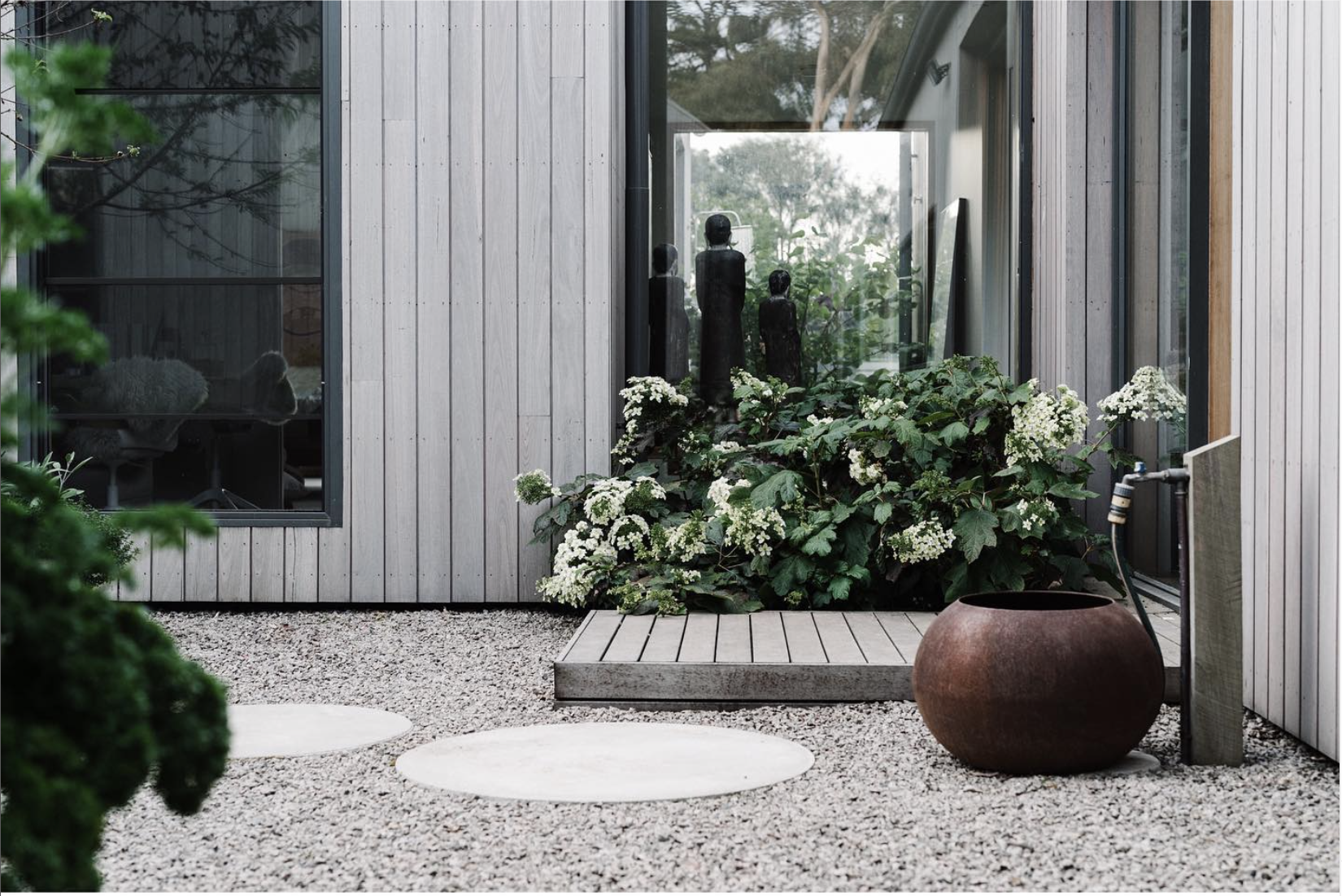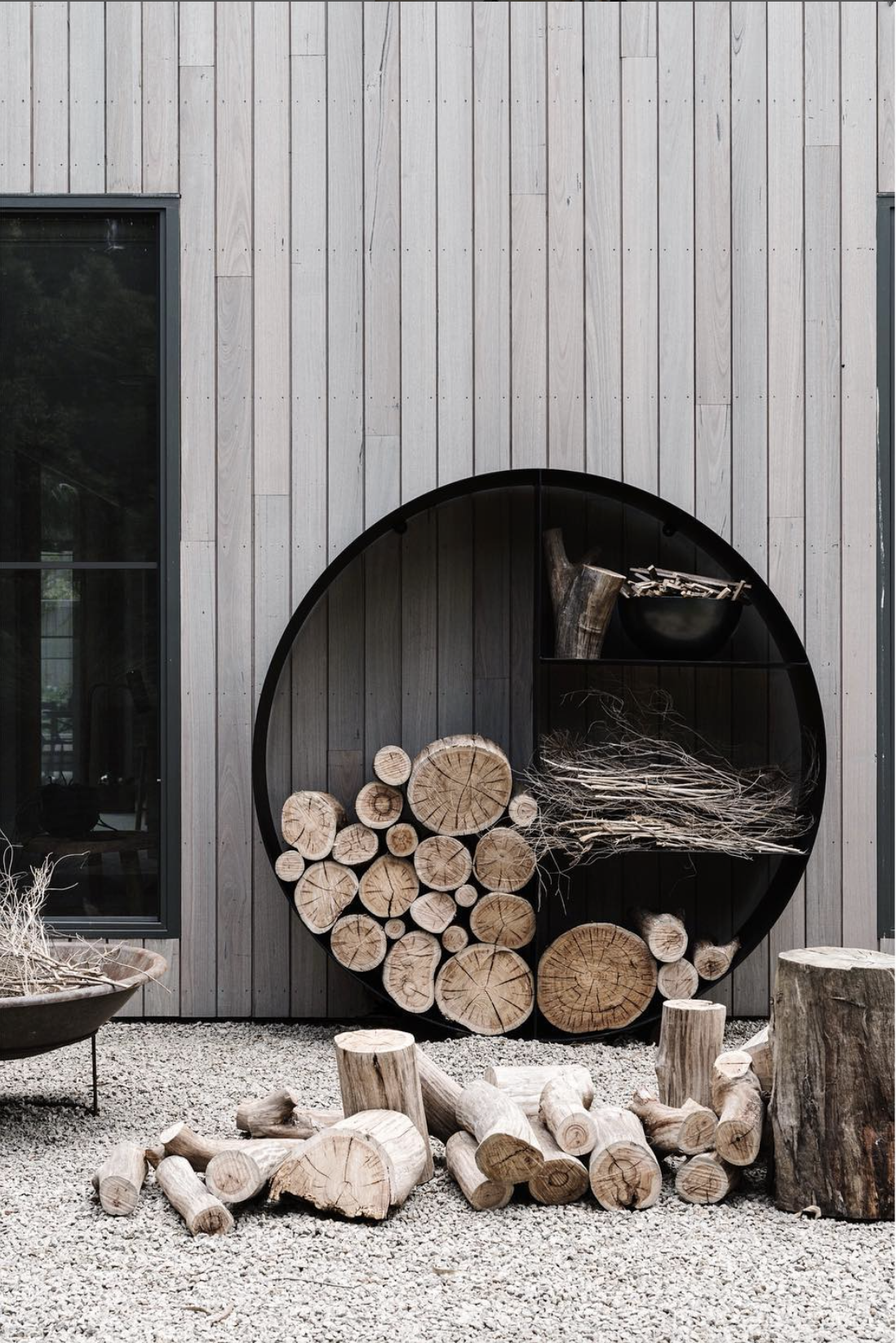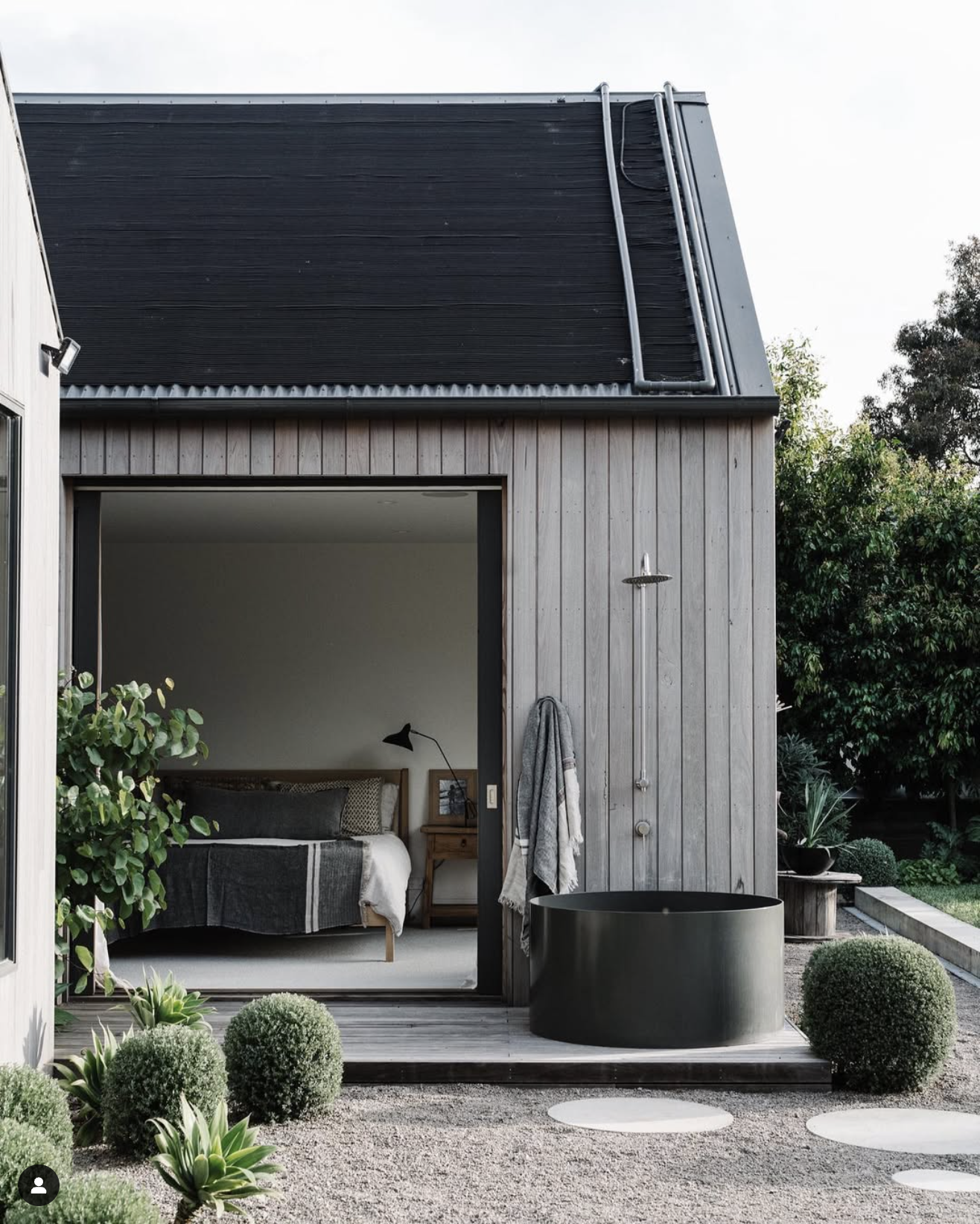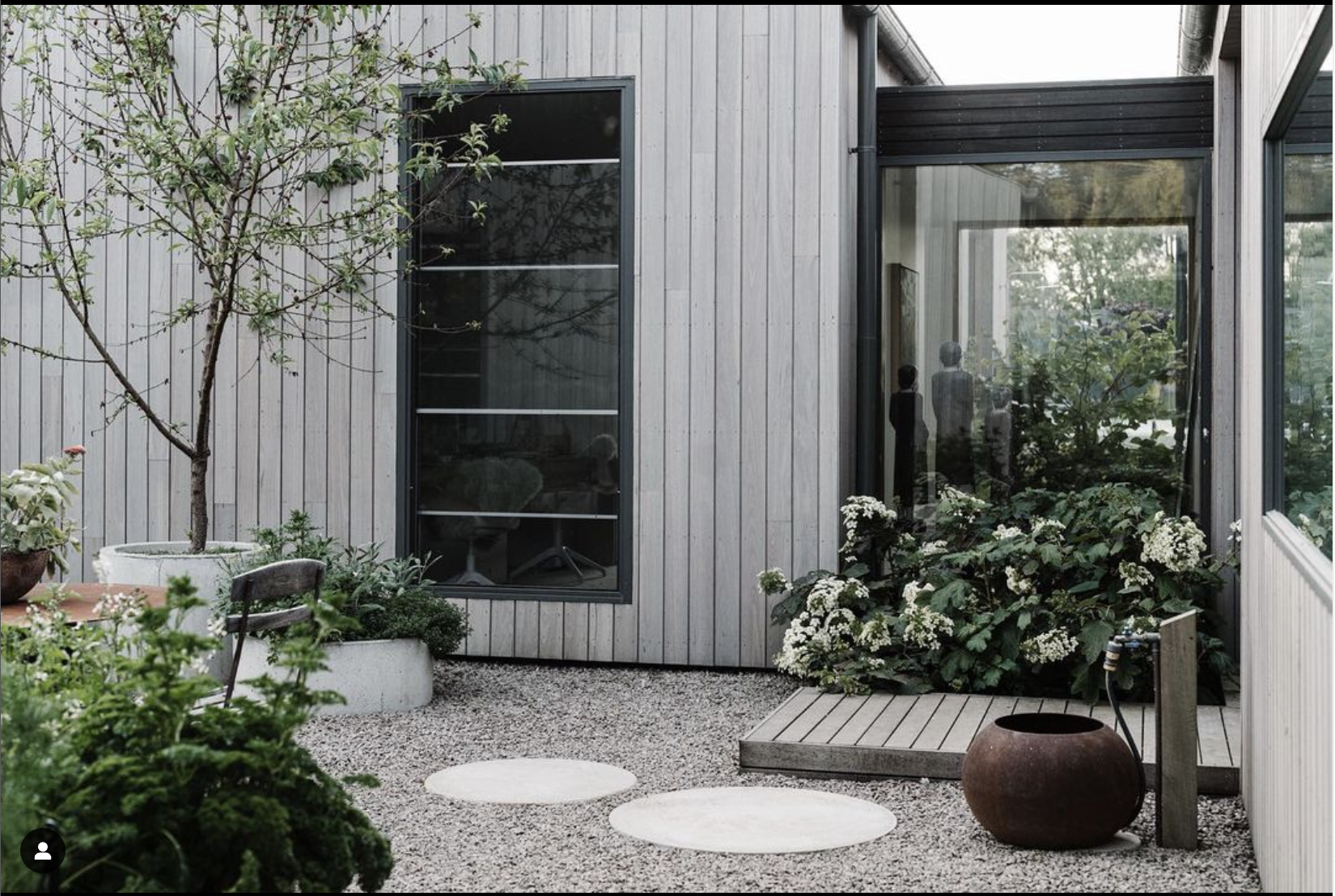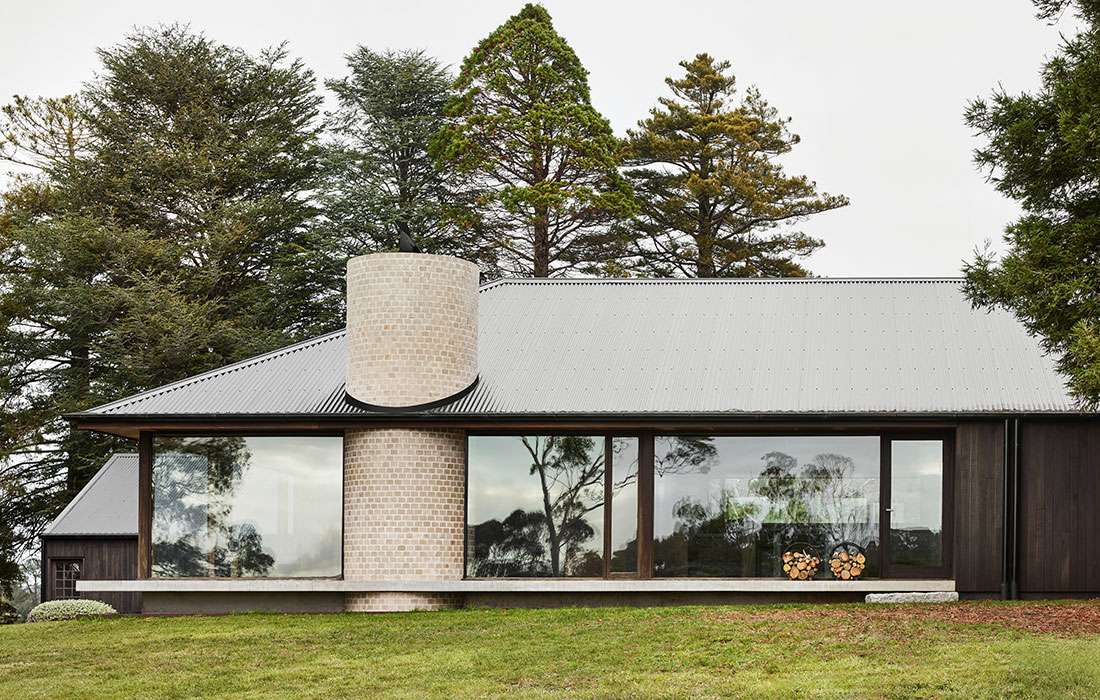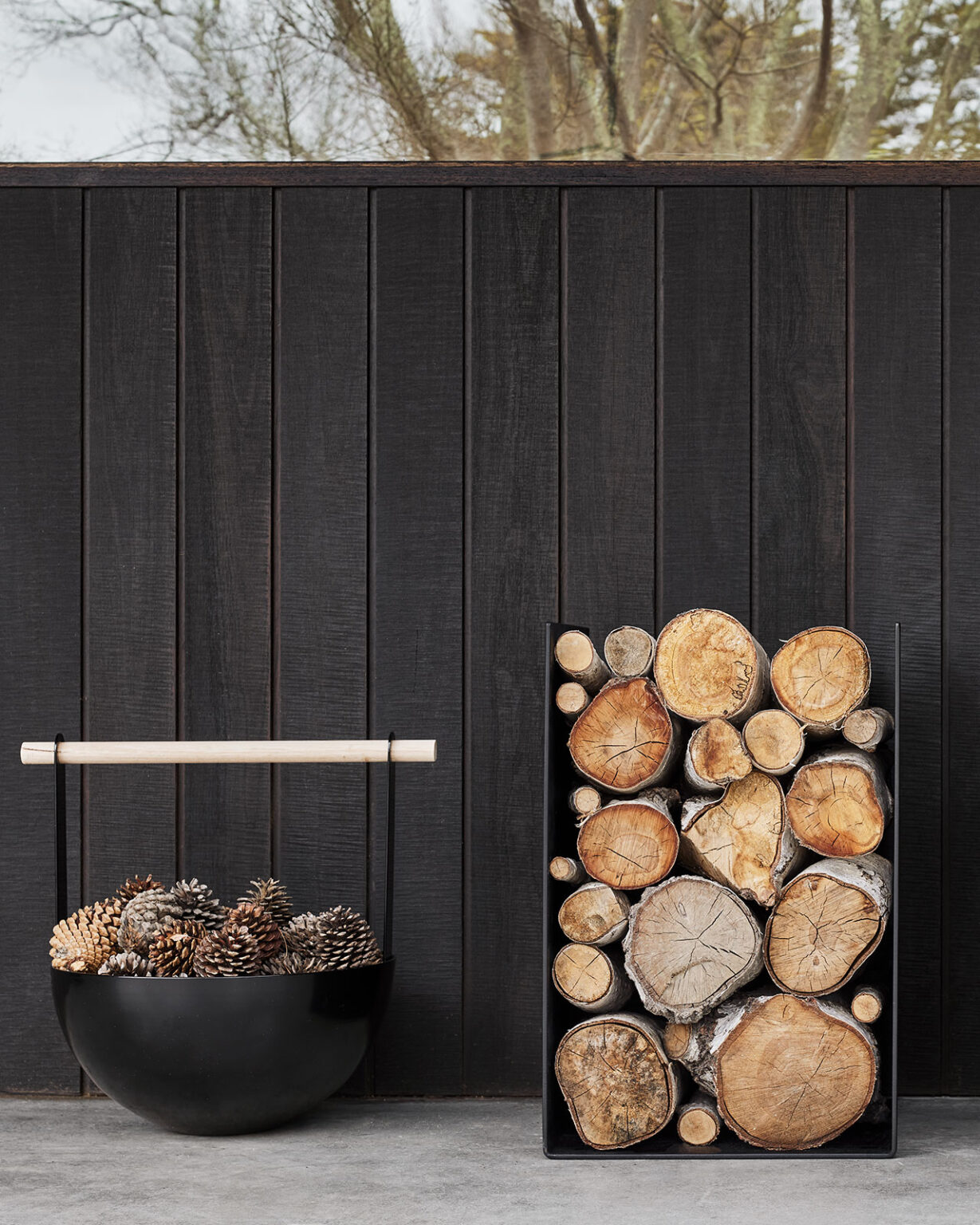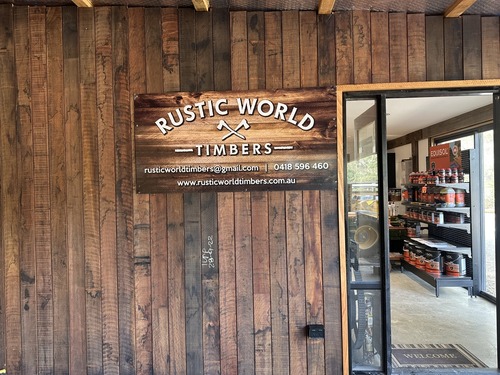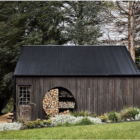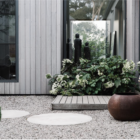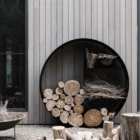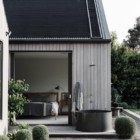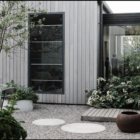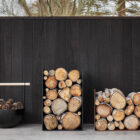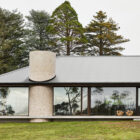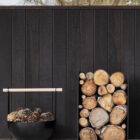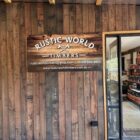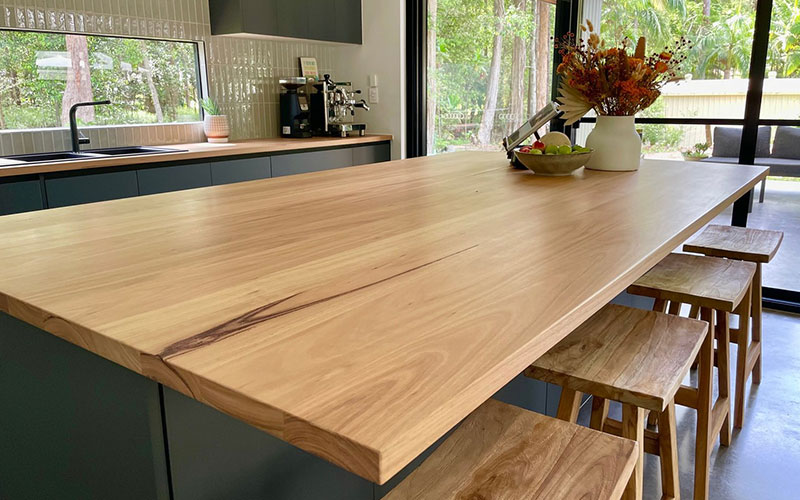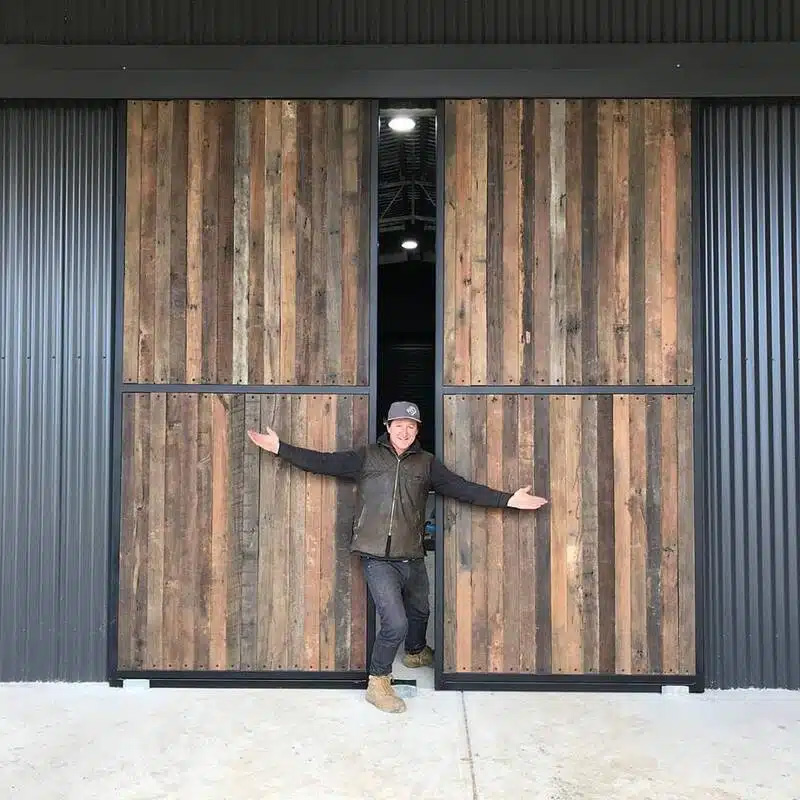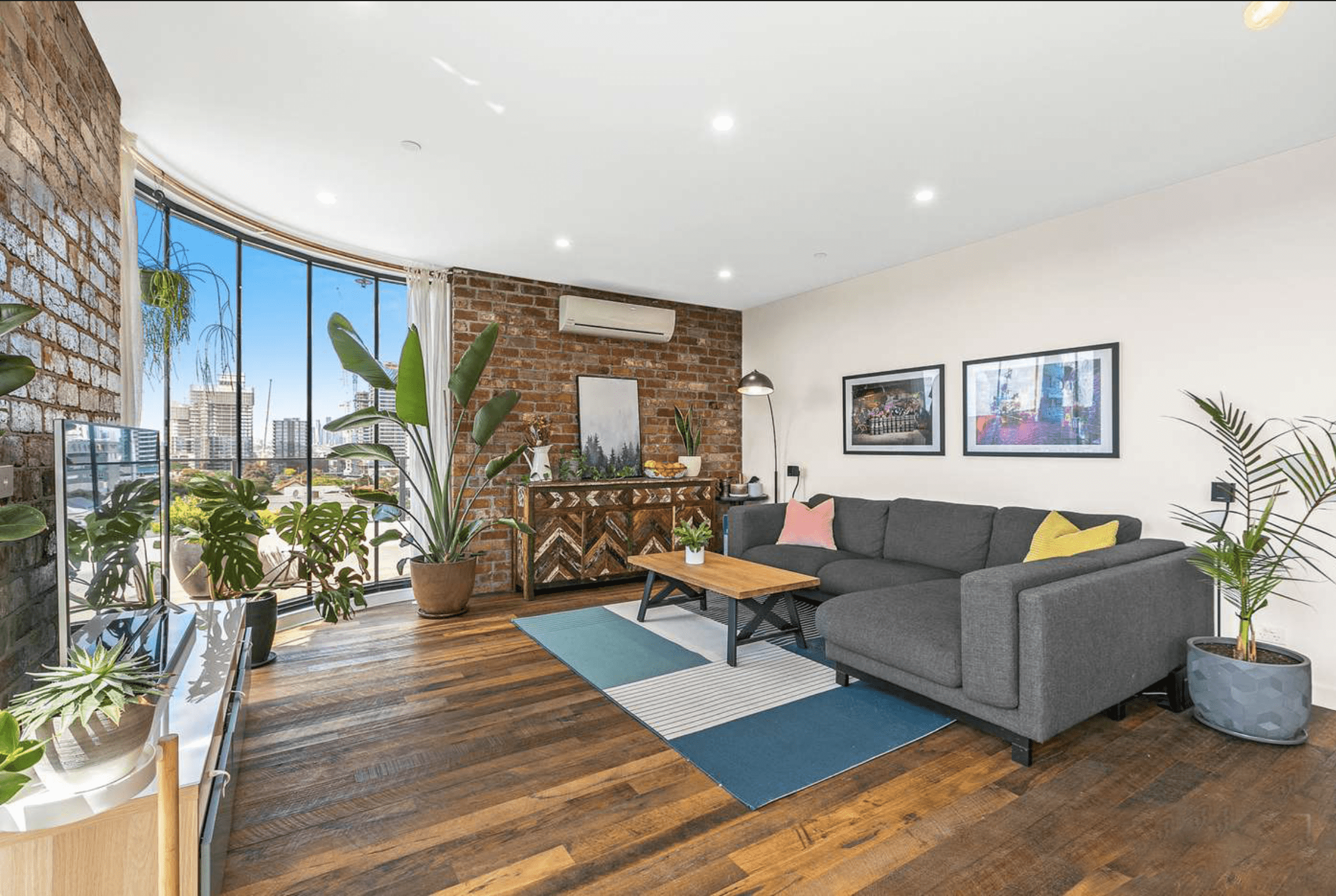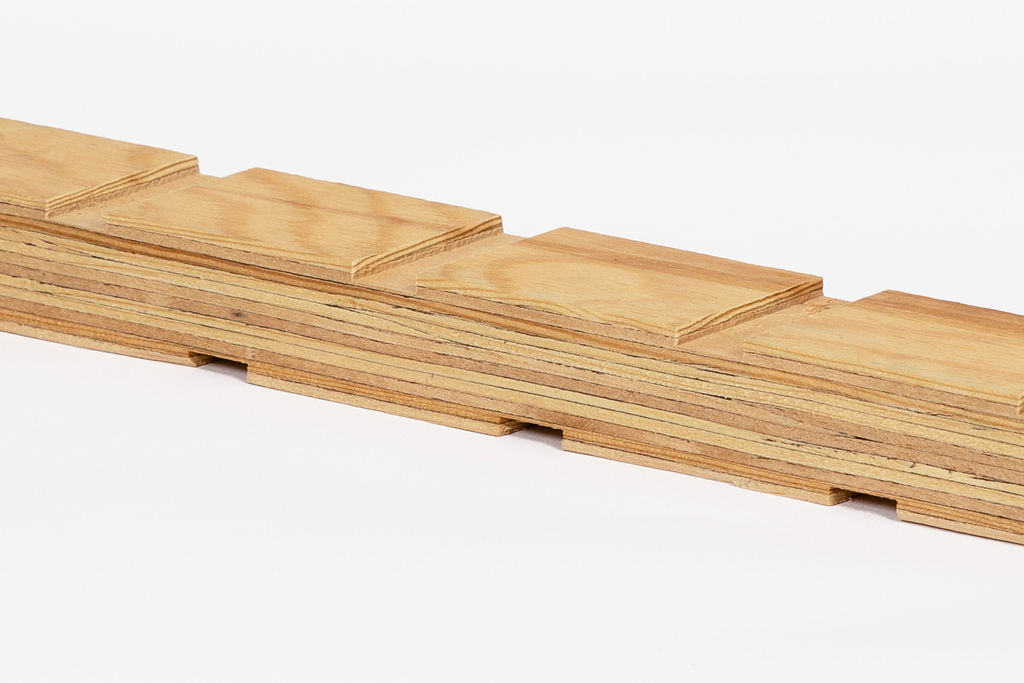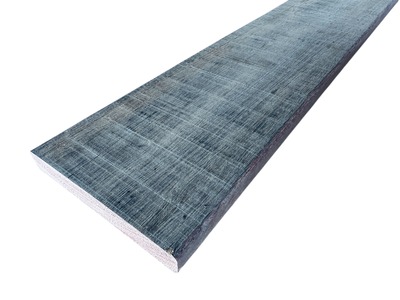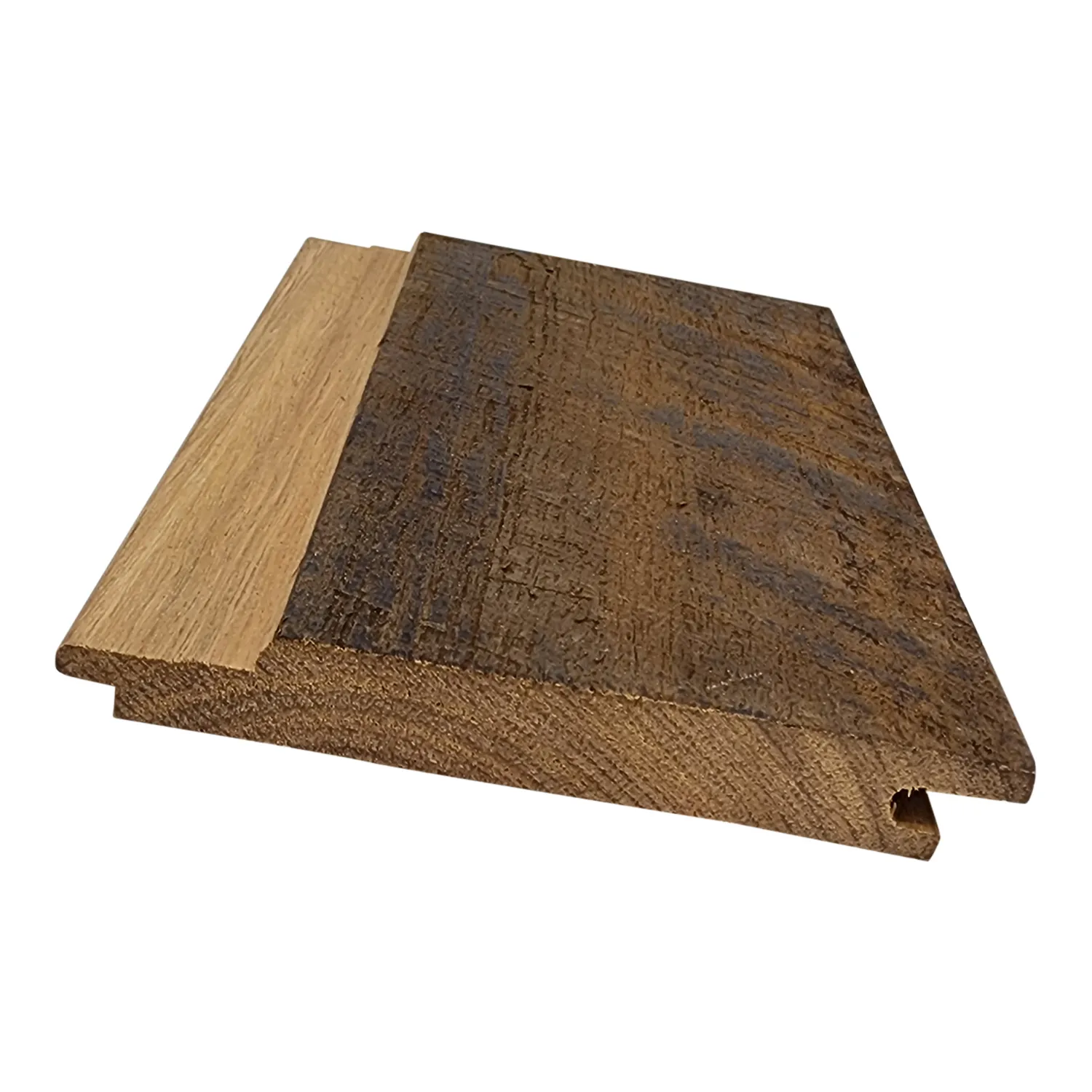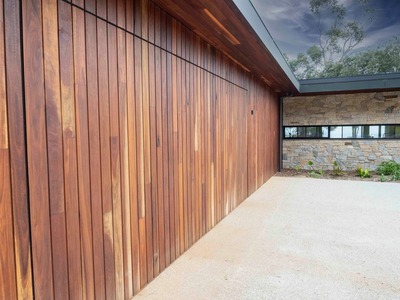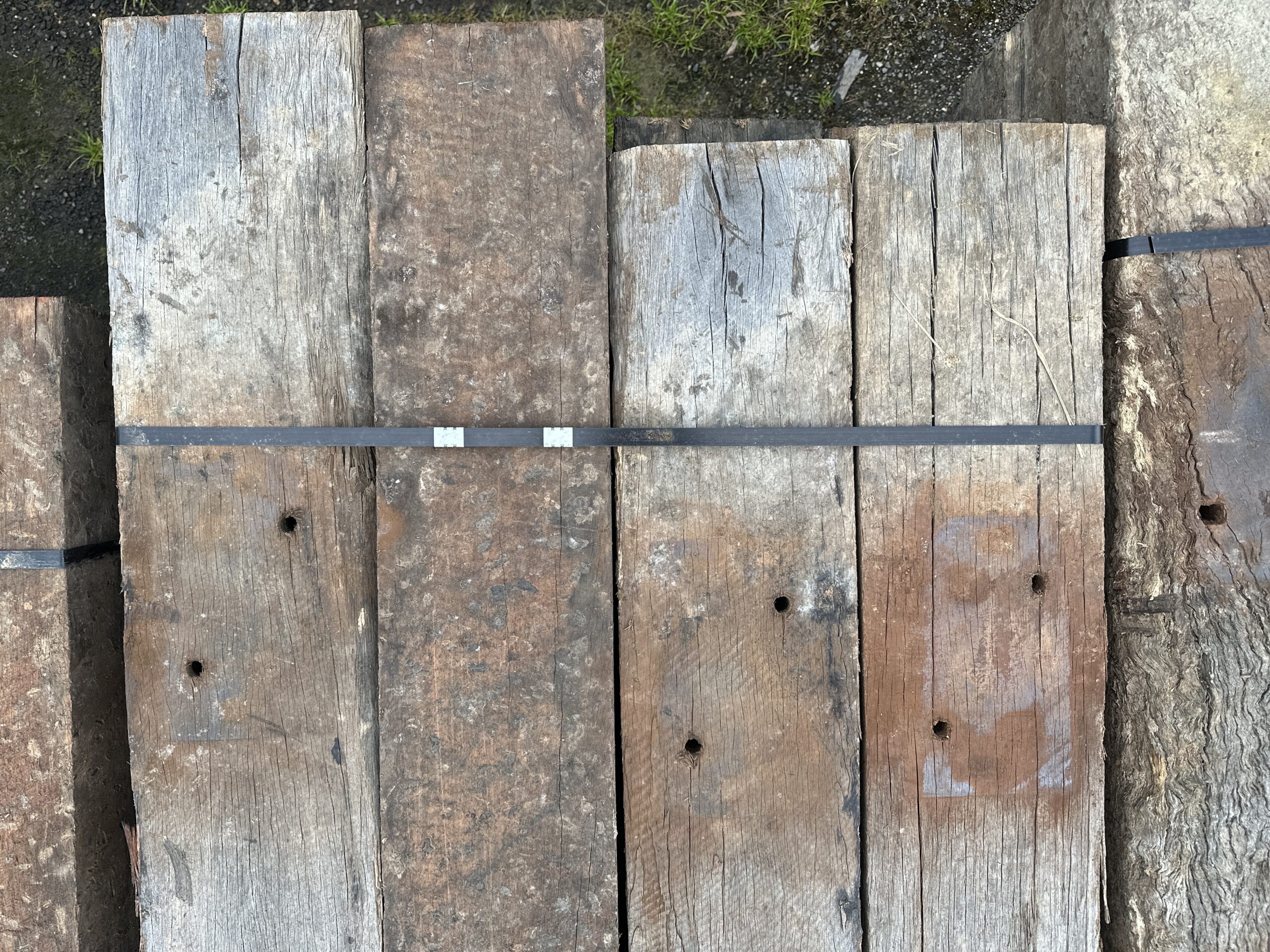Description
Our Turpentine Mill Sawn Shiplap Cladding combines a rustic, natural aesthetic with modern engineering for a premium architectural finish. Precision-machined with a tongue and groove (T&G) profile, our Turpentine Cladding provides a streamlined installation process along with a concealed fixing system for a sleek appearance.
The timber’s striking appearance features heartwood in rich red and reddish-brown tones, contrasting beautifully with pale sapwood. A fine to medium texture, combined with an interlocked grain pattern, enhances its visual appeal and provides a sense of depth and character that complements both modern and traditional architectural styles.
This product is available raw for those who prefer a DIY custom finish, or pre-coated with Equisol 365 penetrating oil. Colour options include Dark Brown, Black, Walnut, Wharf Grey, and Clear. We also offer Grimes & Sons Controlled Erosion Stain for a distinctive look across all our cladding products.
Our Turpentine Cladding meets fire resistance standards for bushfire-prone areas, is sustainably sourced from native Australian hardwood, and offers a durable and versatile solution suitable for a wide range of internal and external applications, making it a standout choice for both residential and commercial projects.
Request a quote above or contact us today to discuss your unique project requirements.


